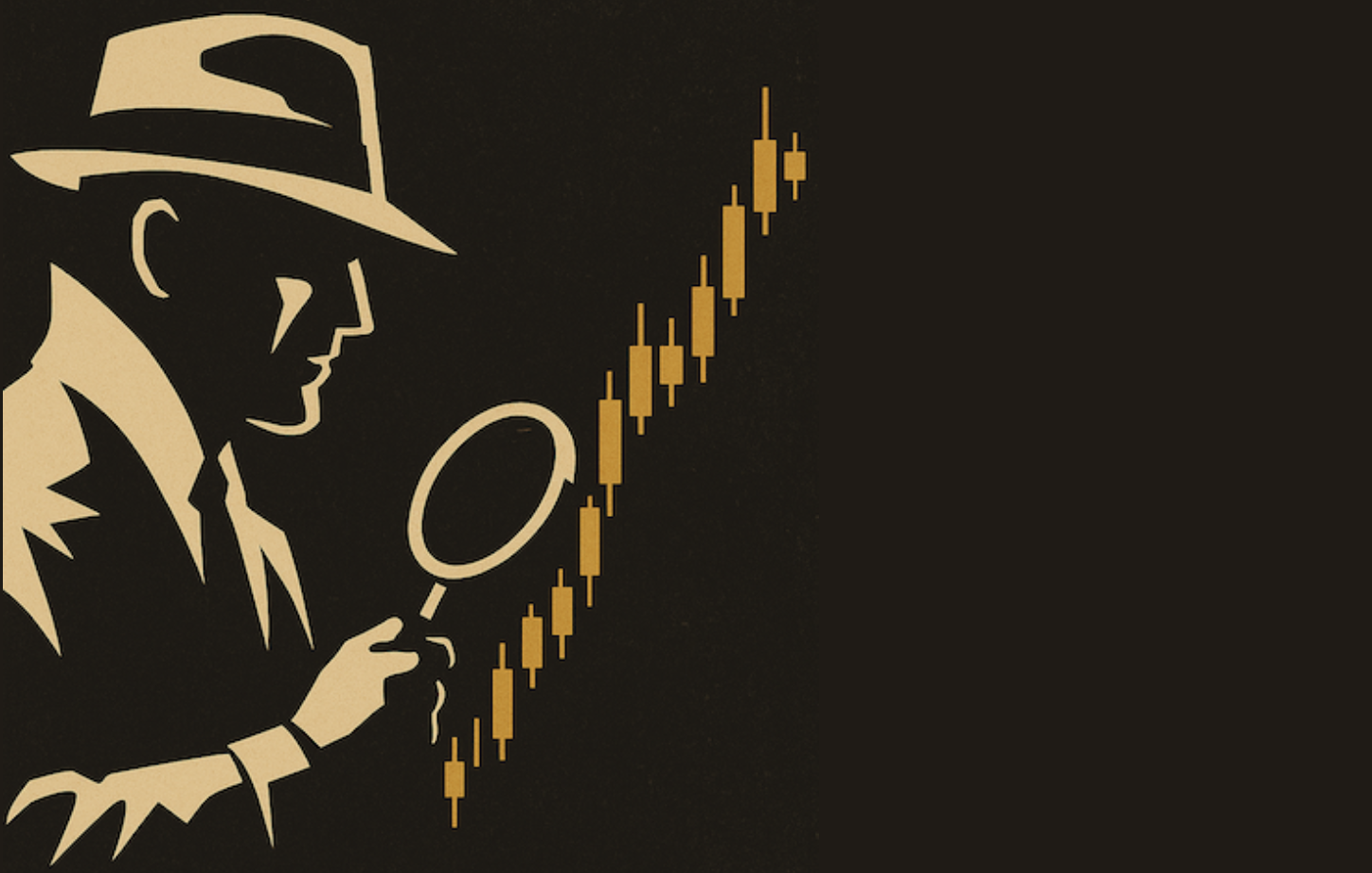SMALL AND MID CAPS LEAD STOCK MARKET LOWER -- MATERIALS SECTOR LEADS SECTOR SPDRS LOWER -- DOLLAR BOUNCES OFF DIAMOND SUPPORT LINE -- BEAR FLAG TAKES SHAPE IN OIL ETF -- GERMAN STOCK INDEX BREAKS MARCH LOWS
SMALL AND MID CAPS LEAD STOCK MARKET LOWER... Link for todays video. Stocks move sharply lower in early trading on Monday with the Russell 2000 ($RUT) and the Nasdaq leading the way. Chart 1 shows the Russell 2000 breaking flag support with a weak open and decline below 790 early Monday. This key small-cap index is now testing support from the low in early March and early April. A break below these lows targets further weakness to the next support zone around 750-760, an area marked by broken resistance and the 50% retracement line. The indicator window shows relative strength or weakness using the Price Relative ($RUT:$SPX ratio). After rising in December-January, this indicator peaked in early February and decline the last two months. Small-caps are showing relative weakness and this is negative for stocks in general. Chart 2 shows the S&P MidCap 400 ($MID) breaking flag support with a sharp decline and testing support from the March-April lows. Notice that MACD moved into negative territory on April 10th and remains in negative territory. Momentum clearly favors the bears when MACD is below zero.

(click to view a live version of this chart)
Chart 1

(click to view a live version of this chart)
Chart 2
MATERIALS SECTOR LEADS SECTOR SPDRS LOWER... Selling pressure was broad based as all nine sectors were down early Monday. The Basic Materials SPDR (XLB) is leading the nine sector SPDRs with a decline greater than 2%. Chart 3 shows XLB gapping down and moving below 38. The ETF has been stalling since February and todays decline is just an extension of prior technical trends. First, lets look at the price chart. After a triangle breakout and surge in late December, the ETF broke resistance with a gap and moved sharply higher in January. While the S&P 500 continued higher in February and March, XLB failed to exceed its early February high in late February and throughout March. Also notice that the ETF forged lower lows in early March and early April. The failure at resistance indicates diminishing buying pressure. The lower lows indicate increasing selling pressure.

(click to view a live version of this chart)
Chart 3
The first two indicator windows cover the relative performance story. Notice how the Price Relative (XLB:SPY ratio) broke out in early January and the SCTR crossed above 50 the second week of January. These two indicators confirm relative strength in XLB during January and early February. The third indicator shows the Materials Bullish% Index ($BPMATE) breaking resistance in late December and crossing above 50 in early January. As the green arrows show, all systems were go in early January. Deterioration began when the Price Relative broke support in mid January and the SCTR Line dipped below 50. Even though the SCTR Line recovered somewhat, the Price Relative continued lower and this indicated relative weakness in XLB. The Bullish Percent Index held up in February-March, but broke below its prior low in April and is hovering above 50% now. The bearish evidence is clearly stacking up for XLB. Incidentally, chartists can apply this same analysis to any sector. Simply at the Price Relative, SCTR Line and Bullish Percent Index for a comprehensive look the sector.
DOLLAR BOUNCES OFF DIAMOND SUPPORT LINE... After a rather sharp decline last week, the Dollar started this week with a bounce to affirm support in the 21.85-21.90 area. As noted on Friday, the US Dollar Fund (UUP) formed a diamond consolidation the last 2-3 months. On chart 4, notice how the ETF crossed the 22.05 level at least eight times as it traded within this diamond pattern. Trading within the diamond is proving treacherous so chartists should wait for a decisive breakout from this formation. A break to the upside signals a continuation of the November-December advance, while a break to the downside opens the door to the late October low. Chart 5 shows the Euro Currency Trust (FXE) bouncing last week and then falling back below 131 on Monday. The descending triangle remains in play on this chart. A break below the March-April lows would confirm the pattern and target further weakness towards the January low.

(click to view a live version of this chart)
Chart 4

(click to view a live version of this chart)
Chart 5
BEAR FLAG TAKES SHAPE IN OIL ETF... Oil surged and broke resistance in February as speculation swirled that Israel would strike Iran to thwart its nuclear ambitions. As speculation slowly fizzled, attention turned elsewhere and Spot Light Crude ($WTIC) gave up its gains. There is always a chance that geopolitics will influence crude prices, but predicting or timing such events is harder said than done. More importantly, I think stock market performance reflects future economic performance and this in turn affects oil demand. Weakness in the stock market points to a slow down in the economy and this is ultimately bearish for oil demand. Chart 6 shows $WTIC breaking resistance around 104 and failing to hold this breakout with the dip below 102 in early April. Oil rebounded the last eight days, but a bearish flag has taken shape and a break below 102 would confirm this pattern. Such a move would signal a continuation of the prior decline and target further weakness towards the next support zone (93-95). Believe it or not, it was not that long ago that oil was trading below 100. Chart 7 shows the US Oil Fund (USO) with similar characteristics.

(click to view a live version of this chart)
Chart 6

(click to view a live version of this chart)
Chart 7
GERMAN STOCK INDEX BREAKS MARCH LOWS... European stocks were hit by a triple whammy on Monday. First, French president Sarkozy became the first incumbent not to win re-election on the first ballot since 1958. The run-off between Sarkozy and Hollande is scheduled for May 6th. Second, budget talks collapsed in The Netherlands and there is talk of new elections. Third, the Euro-zone PMI composite fell to 47.40, its lowest level in five months. Anything below 50 indicates economic contraction. Unsurprisingly, European stocks were down sharply on Monday and the technical situation deteriorated even further. Chart 8 shows the DJ Germany Index ($DEDOW) testing the March-April lows with a sharp decline on Monday. After falling to 250 in early April, the index affirmed support with a eight day consolidation (gray circle). With todays sharp decline, the index broke support and this targets further weakness towards the next support zone around 230-235. Support here stems from broken resistance and the 50-61.80% retracement zone. Note: I am using the DJ Germany Index because it updates during the trading day. The German DAX Index ($DAX) is updated after the close, which makes it an end-of-day (EOD) index. As you can see from the two charts, the Dow Jones country index tracks the main country index quite well.

(click to view a live version of this chart)
Chart 8

(click to view a live version of this chart)
Chart 9
Chart 10 shows the DJ France Index ($FRDOW) breaking the March low in early April and broken support turning into resistance. The index bounced along with the rest of world equities last Tuesday, but gave back these gains on Wednesday-Thursday and broke below 215 today. Chart 11 shows the DJ UK Index ($GBDOW) breaking wedge support with a sharp decline on Monday.

(click to view a live version of this chart)
Chart 10











